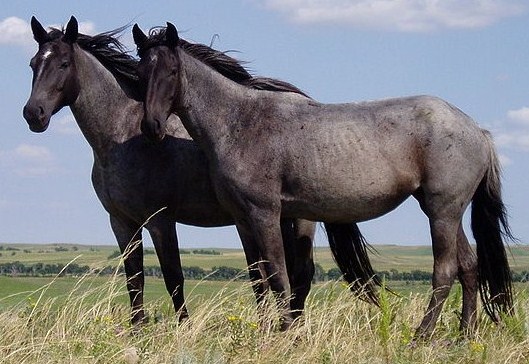Improvements in health care and nutrition have increased horse’s lifespans and their number of useful years. Horses can easily be productive into their 20’s. Their age and experience make them quite valuable for many activities. In addition, owners may have a strong bond with their older horse they have owned for a prolonged period of time. It is important to understand that keeping the older horse in good condition is certainly possible, but may require additional care or considerations beyond those of a younger horse.
Some horses may exhibit visible signs of aging or loss of performance earlier than others. This can be affected by their previous use, genetics or a myriad of other environmental factors. Owners should begin to monitor their horses more closely once they reach their late teens, with the goal of minimizing any loss of function or vitality. The owner should be observing the horse for weigh or body condition loss; muscle mass loss, especially over the top line; alterations in fat deposition; and changes in hair coat. Additionally, a careful record keeping system of observations should be employed. These should include bi-monthly observations of their body condition score, their body weight, and a photographic record of the horse.
Additional measurements such as neck or belly circumference may also assist with detection of disease states such as insulin resistance. It is often easy to miss changes when observing the animal every day, therefore comparing recorded observations is critical to detect alternations. As the horse ages further, increase the frequency of these recordings to once a month and even every other week in the aged horses.

